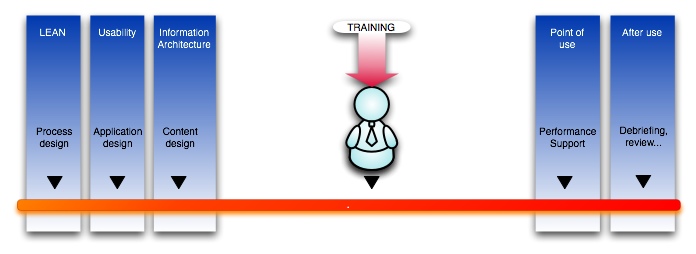Video ethnography for quality improvement
Watching patient/provider interactions in realtime can make it easier to see the process from the patient perspective and spot opportunities for improvement. In healthcare interactions, as in just about any people-oriented service, issues that are obvious when seen in context can get lost when an interaction is described by bare data. In an era where structured data is so important, it can be very useful to step back and look for a richer picture of the service you are providing, without a preconception of what is going to be significant.
I was interested to read about Kaiser Permanente’s use of video ethnography to observe patients as they receive care in order to gain insight into unmet patient needs and overlooked issues. From an article on collaborations between insurers and providers to use data owned by the insurer to improve population health:
Continue reading

